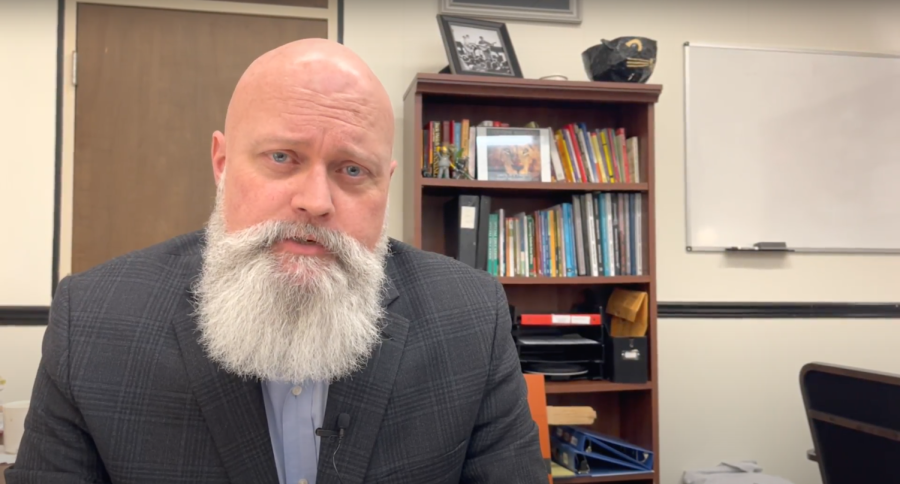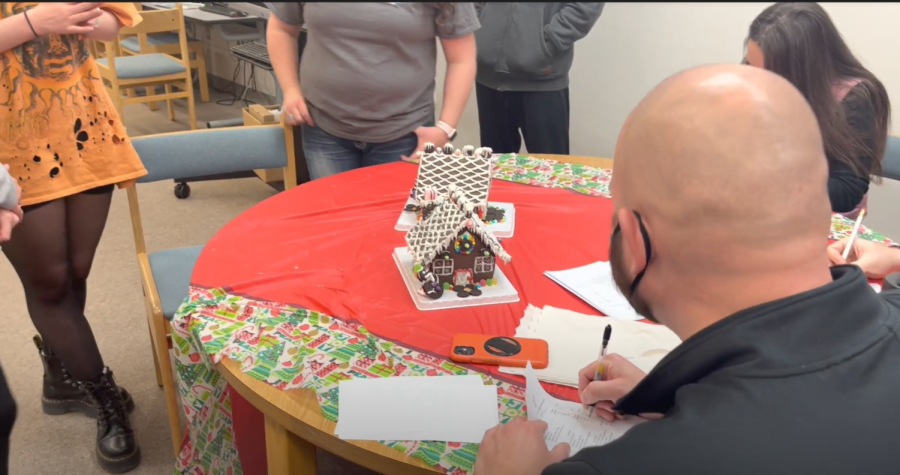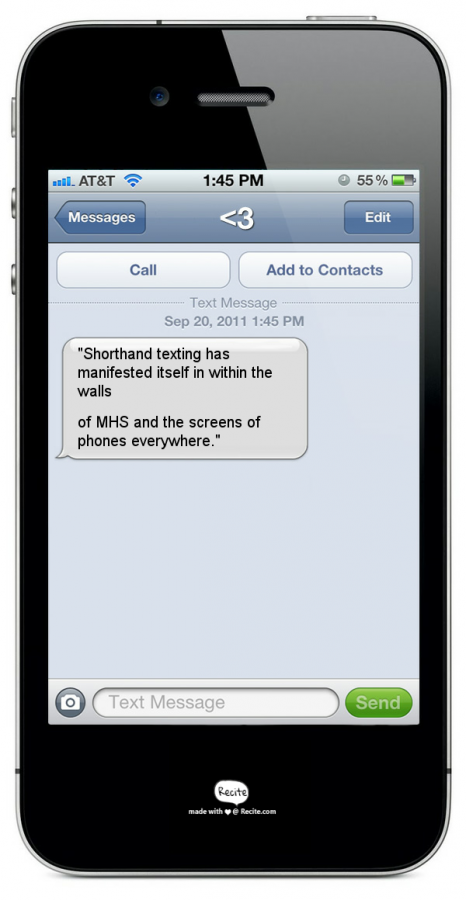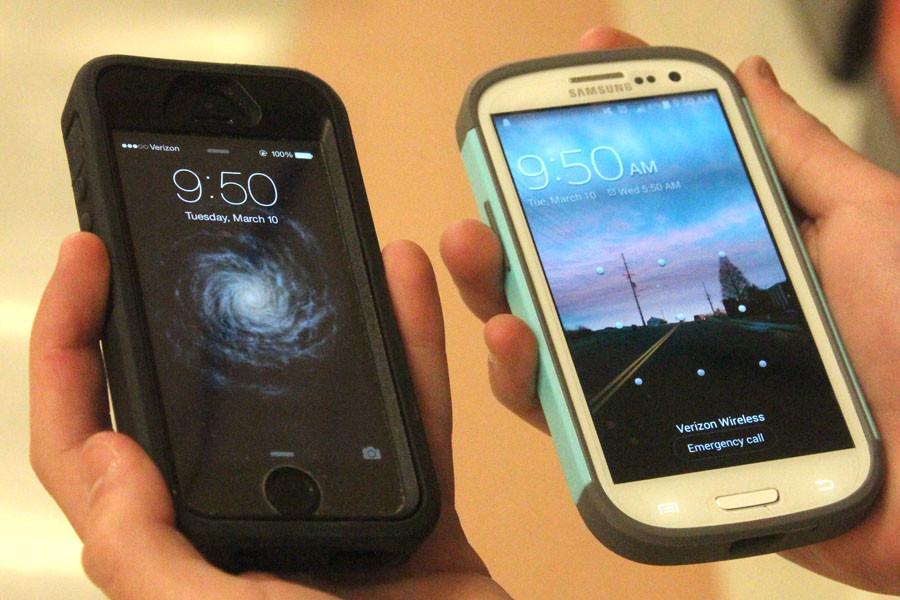Picture the inside of a Hollister store during a Saturday sale. Seventy-five percent off on select items. The thumbs on customers ranging from preteen to late 20s are working feverishly on their smartphones to calculate how much a $25.95 shirt would be if it’s 75 percent off. The scene is a reflection of a generation of people who were taught using devices and smartphones, so that is what they resort to in times of mathematical need.
Walk across the street into a Home Goods store where the general population is 50 years old or above. There a group of older women staring into space while doing some ridiculous mental math on a discounted throw pillow featuring a picture of a cat. Those ladies were taught how to figure the math out in their heads, so that is what they do.
As technology becomes more prevalent at Middletown High School, students often forget what school was like before having the Internet in the palm of their hands every minute of every day, while some adults still don’t know what they would have done in high school without their trusty dictionaries and thesauruses.
Before fancy computers and smartphones were used for research, students would go to the public library or school library after class and spend hours trying to understand the Dewey Decimal System so they could find a book, only to endlessly flip through it looking for information.
“Everything took way longer to do,” said Rebecca Reickel, MHS media specialist.
John Mattingly, MHS computer graphics and art teacher, said the reason he didn’t read as a kid was because the system of looking for and checking out books in a library was painfully annoying and took too long.
This way of life is so out-of-date that the MHS school library is getting rid of the Dewey Decimal System all together. The media specialists are working on labeling the sections of books with signs that read “romance” or “historical” instead of having .999, .843, and other numbers that seem random and mean nothing to most students anymore. Having computers in the library with programs by which students could search where a book was located made the process easier for a while, but even that has gone out of style.
The initial development of electronic computers started in the 1940s. The ENIAC was one of the first electronic general-purpose computers used to solve complicated math problems. In 1970 the first hand-held calculator made its way into the classroom followed by the handy Scantron two years later.
Thirty years ago there were only two computer labs in MHS. Students were lucky if they could use the one computer in the library to look up a book. Public schools in the United States averaged about one computer for every 92 students in 1984, according to edudemic.com.
“In 1985, there was only one computer for my entire school,” said Mattingly, “and only a few kids were allowed to touch it.”
Fast forward to 2015 when 89 percent of high school students have access to Internet-connected smartphones and 60 percent have access to laptops, according to the Speak Up Survey by Project Tomorrow. MHS currently has eight different computer labs, including the media center, and almost every classroom has at least one desktop computer in it.
Griffin Strait, MHS sophomore, said, “I am on a computer three out of my four classes each day.”
Reickel said she uses some form of computers or technology a least 80 percent of her day at school.
“It’s a huge part of my job,” she said.
MHS senior Maria Olney said she uses some sort of device every minute of her day at school. Olney goes to the Career and Technology Center to learn how to edit and record videos for TV multi-media productions. Technology and computer classes, and places like CTC, rely on technology for the entire class. Without it, there would be no class to take. Technology has become so embedded into the school system that it has become almost necessary for learning.
Technology is “where the world is going,” said Mattingly. “It would be pointless to not use it.”
“We would be doing a disservice if we didn’t incorporate technology while teaching kids,” said Reickel.
Back in the day, using a computer to look up information or a calculator for math was frowned upon. Most teachers taught their students how to look up information in a book because computers were not always available. Students needed to know how to do complicated multiplication and division problems on the spot in case they were at the store and needed to know the tax for something but didn’t have a calculator as an example. Now, if someone has a question that they don’t know the answer to, an Internet-connected device is not hard to find.
Mattingly said he is glad he was taught how to do math the “long and hard way” so that if his phone or computer isn’t working, he is still able to find a solution on his own. But that skill set if fading for most people.
In the future, there will be no more ladies doing mental math in Home Goods because those ladies will be today’s youth, the people who grew up with smartphones and laptops. While it can be nice to reflect back on what life was like in the age of actual books and typewriters, it probably will never be like that again.
“If we have the ability to use technology,” said Strait, “then why not?”















